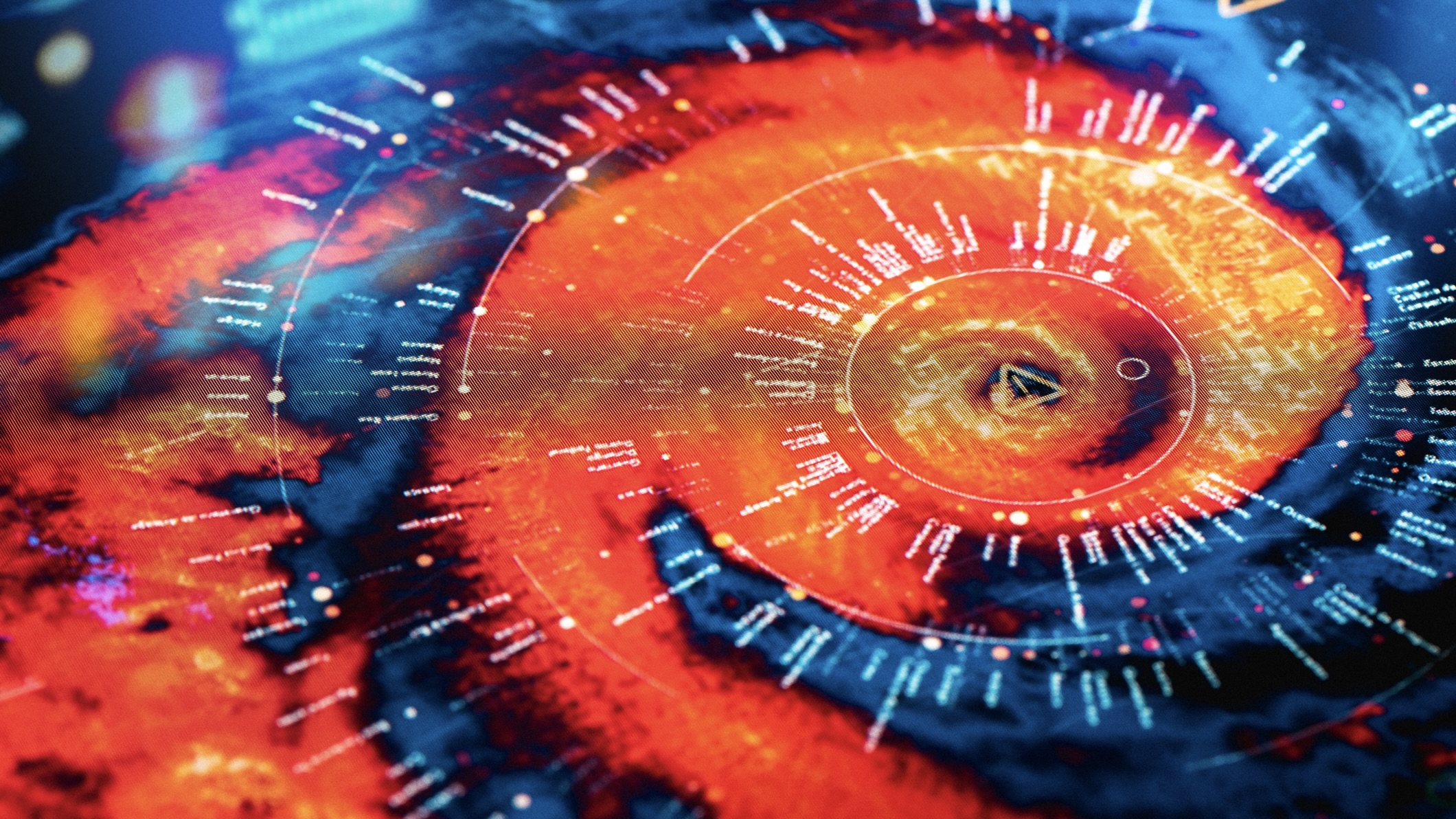A new artificial intelligence (AI) model can predict major weather events faster and more accurately than some of the world’s most widely used forecasting systems.
The model, called Aurora, is trained on more than 1 million hours of global atmospheric data, including weather station readings, satellite images and radar measurements. Scientists at Microsoft say it’s likely the largest dataset ever used to train a weather AI model.
Aurora correctly forecast that Typhoon Doksuri would strike the northern Philippines four days before the storm made landfall in July 2023. At the time, official forecasts placed the storm’s landfall over Taiwan — several hundred miles away.
It also outperformed standard forecasting tools used by agencies, including the U.S. National Hurricane Center and the Joint Typhoon Warning Center. It delivered more accurate five-day storm tracks and produced high-resolution forecasts up to 5,000 times faster than conventional weather models powered by supercomputers.
More broadly, Aurora beat existing systems in predicting weather conditions over a 14-day period in 91% of cases, the scientists said. They published their findings May 21 in the journal Nature.
Future forecasting
Researchers hope Aurora and models like it could support a new approach to predicting environmental conditions called Earth system forecasting, where a single AI model simulates weather, air quality and ocean conditions together. This could help produce faster and more consistent forecasts, especially in places that lack access to high-end computing or comprehensive monitoring infrastructure.
Related: Google builds an AI model that can predict future weather catastrophes
Aurora belongs to a class of large-scale AI systems known as foundation models — the same category of AI models that power tools like ChatGPT.
Foundation models can be adapted to different tasks because they’re designed to learn general patterns and relationships from large volumes of training data, rather than being built for a single, fixed task. In Aurora’s case, the model learns to generate forecasts in a matter of seconds by analyzing weather patterns from sources like satellites, radar and weather stations, as well as simulated forecasts, the researchers said.
The model can then be fine-tuned for a wide range of scenarios with relatively little extra data — unlike traditional forecasting models, which are typically built for narrow, task-specific purposes and often need retraining to adapt.
The diverse dataset Aurora is trained on not only results in greater accuracy in general versus conventional methods, but also means the model is better at forecasting extreme events, researchers said.
In one example, Aurora successfully predicted a major sandstorm in Iraq in 2022, despite having limited air quality data. It also outperformed wave simulation models at forecasting ocean swell height and direction in 86% of tests, showing it could extract useful patterns from complex data even when specific inputs were missing or incomplete.
“It’s got the potential to have [a] huge impact because people can really fine tune it to whatever task is relevant to them … particularly in countries which are underserved by other weather forecasting capabilities,” study co-author Megan Stanley, a senior researcher at Microsoft, said in a statement.
Microsoft has made Aurora’s code and training data publicly available for research and experimentation. The model has been integrated into services like MSN Weather, which itself is integrated into tools like the Windows Weather app and Microsoft’s Bing search results.
